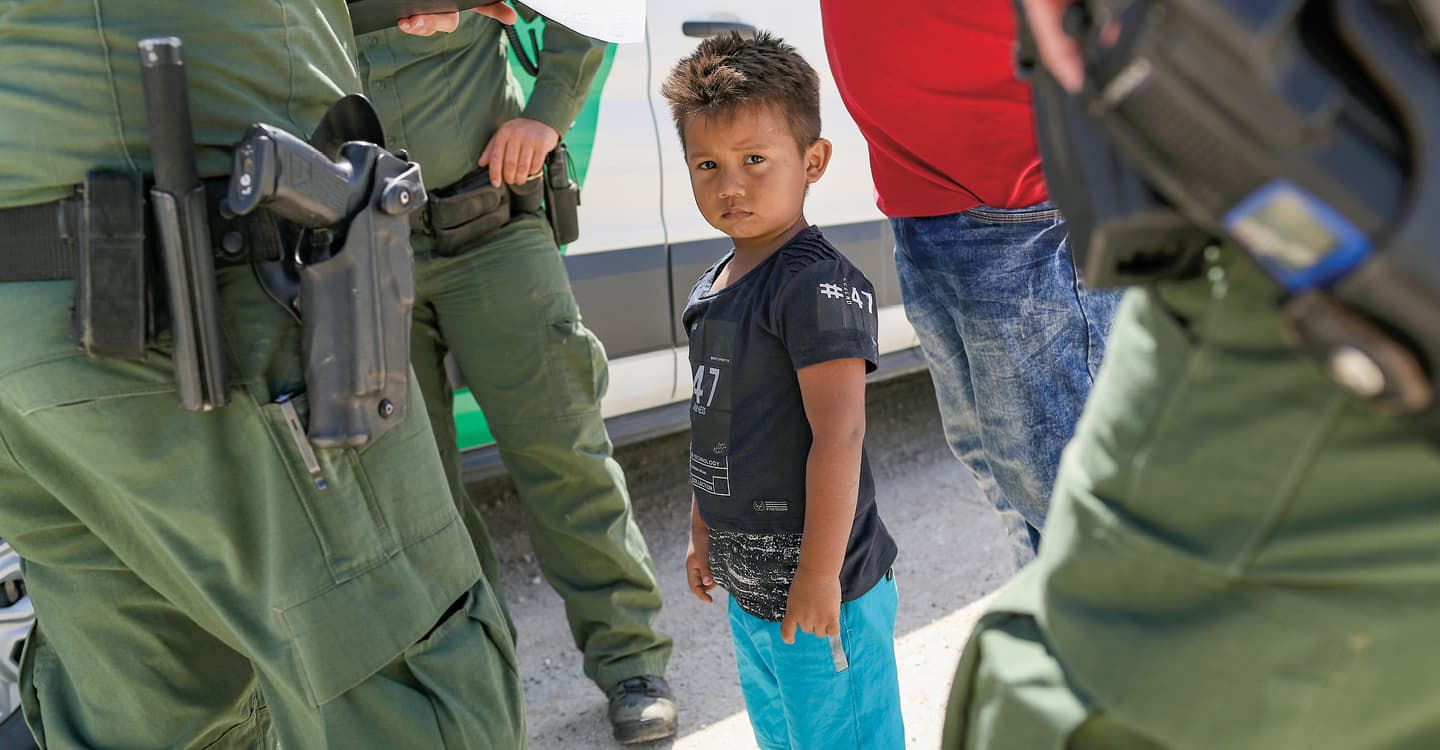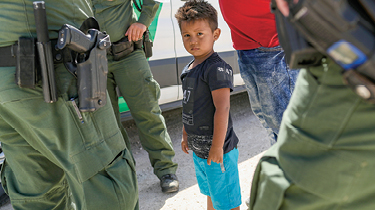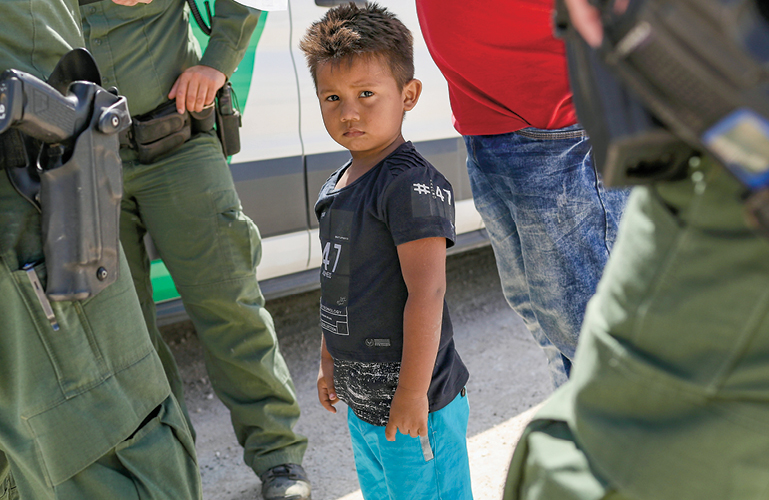When pediatrician Dolly Lucio Sevier examined children being held at a border detention facility in McAllen, Texas, this summer, she was shocked by what she saw: Babies with respiratory infections; freezing cold temperatures in the cells where the children were being held; lights on 24 hours a day, preventing sleep; no access to hand washing; and not enough food to eat.
“The conditions within which they are held could be compared to torture facilities,” Sevier wrote in sworn legal testimony after visiting the Ursula border processing center in June at the request of migrants’ rights lawyers.
For about a year and a half, these kinds of conditions have been a reality for thousands of migrant children who have been separated from their families by U.S. authorities after crossing the border illegally. Most are from Central America and have traveled hundreds of miles, seeking safety and better lives.
This summer, Dolly Lucio Sevier examined children being held at a border detention facility in McAllen, Texas. Sevier, a pediatrician, was shocked by what she saw. There were babies with respiratory infections. The cells where the children were being held were freezing cold. The lights were on 24 hours a day, preventing those being detained from sleeping. They had no access to hand washing. And there was not enough food to eat.
“The conditions within which they are held could be compared to torture facilities,” Sevier wrote in sworn legal testimony after visiting the Ursula border processing center in June at the request of migrants’ rights lawyers.
For about a year and a half, these kinds of conditions have been a reality for thousands of migrant children who have been separated from their families by U.S. authorities after crossing the border illegally. Most are from Central America. They’ve traveled hundreds of miles, seeking safety and better lives.



